Adolescence dared to tackle misogyny and toxic masculinity—but in its eagerness to explain evil, it all but excused it. By fixating on the perpetrator and reducing the victim to a narrative footnote, the show made a disturbing choice: it empathized with the monster while turning away from the damage he caused.
Two weeks ago, I published a critique of Adolescence on Peliplat. To my surprise, the article—questioning the show’s lack of focus on the victim’s perspective—sparked quite a bit of discussion. Some argued that the series absolved the perpetrator, while others maintained that understanding the root cause(s) of his crime is more important. These debates made me realize we’re not just talking about a plotline—we’re grappling with a deeper question: Who bears the burden of evil? I found this exchange meaningful and thought-provoking, and it prompted me to revisit Adolescence and write this follow-up to elaborate on my perspective.
To its credit, Adolescence attempted to address real societal issues—but its failure lay in the imbalance of its gaze. To be blunt, when a show about juvenile crime chose to tell its story primarily from the perpetrator’s point of view—introducing incel culture, misogyny, toxic masculinity, and family dysfunction as the backdrop—while making the real victims nearly invisible or reducing them to symbols of social media toxicity and bullying, it’s treading on dangerous ground. Adolescence tried to explain individual evil through systemic problems, recasting the perpetrator as a victim of society. In doing so, it encouraged viewers to empathize with Jamie, while subtly diverting attention away from his actual crime.

Take misogyny for instance. Compared to men, women clearly face more immediate and severe forms of discrimination and violence. Adolescence revolved around a 13-year-old boy who murdered his female classmate, yet the narrative heavily emphasized how he was led astray by misogynistic culture. The show grieved over yet another boy poisoned by a broken system, while the murdered girl became little more than a narrative prop—her death instrumental in painting the boy as a victim. As a woman, this was infuriating.
Episode 3 introduced a female psychological evaluator who might be seen as a stand-in for the silenced victim. Her confrontation with the boy showed how, even as an experienced professional, she had to navigate and resist his aggression and malice. Through her calm authority and insight, she finally exposed his true nature: a child of toxic masculinity, who was devoid of empathy: someone who was cold, and violent.
But here’s the question: Does toxic masculinity create this kind of murderous intent, or was the show using it to mask something far more uncomfortable—that some people harbor real, intrinsic malice? Toxic masculinity can support, excuse, or encourage violence, but it doesn’t cause violence in every case. When we obsess over identifying systemic causes for evil, we risk forgetting a simple truth: some evils are just as they are. And Adolescence, like its protagonist, refused to look this evil in the eye.
In my view, Adolescence lacked the courage to confront evil head-on. It made the mistake of instrumentalizing the victim and focusing instead on the perpetrator. It tried to convince us that the real issue is how to prevent people from becoming monsters—rather than how to protect people from harm. This tendency was echoed in real-world responses to the show: British schools have introduced anti-misogyny classes for boys, with even Prime Minister Keir Starmer endorsing Adolescence for its potential to shape young minds. Many seem to believe the show can foster healthier gender awareness and curb toxic masculinity.
This brought to mind the Smartphone Free Childhood movement, supported by the show’s screenwriter, Jack Thorne. The campaign, backed by over 100,000 parents, encourages delaying children’s access to smartphones until the age of 14, arguing that harmful content and cyberbullying are damaging to their development. Whether or not this stance is valid, it reflects Thorne’s belief that external environments are to blame—that if we remove the toxic inputs, children will naturally grow up to be better individuals.

Returning to Adolescence, it’s clear the creators saw societal and cultural conditions as the primary drivers of the boy’s crime. But here lies the paradox: by leaning so heavily on systemic explanations, the show all but pardoned the perpetrator’s personal guilt. It implied that the boy carried the burden of a broken system, and therefore, his evil acts weren’t actually self-initiated. The show avoided an unsettling but crucial reality: causeless evil exists—and yes, it can exist even in children.
Because of this, Adolescence also failed in its supposed mission to prevent future violence. By pushing the idea that young perpetrators are largely shaped by external influences, it promoted the notion that they deserve empathy and rehabilitation above all else. From this angle, I don’t believe that Adolescence helps teenage boys understand the harms of misogyny or toxic masculinity. On the contrary, it risks sending a different message: even if you do something terrible, you may still become the center of attention and sympathy. In a world where celebrity criminals already exist—and where some commit crimes just to be seen—this message is dangerous.
Ultimately, Adolescence committed a fundamental attribution error. It downplayed the role of personal malice and overemphasized structural justifications. The more we use systemic arguments to explain individual acts of evil, the more we risk entering a vicious cycle—one where society softens its stance on violence based on the conviction that it can be “fixed.” But as I wrote earlier, this kind of preventive approach will forever be a fantasy. Worse still, when we devote all our energy to understanding evil, we often fail to protect the innocent—and that failure is itself a form of complicity.
I’d like to end by recommending a film that first forced me to confront the raw truth of evil: Kokuhaku (2010), a Japanese film also centered on juvenile crime. In it, the daughter of Yûko Moriguchi (played by Takako Matsu) was murdered by two of her underage students. After discovering the truth, she sought revenge—not through the law, but in her own cold and calculated way. The film explored the perpetrators’ backgrounds—one of them was abandoned by his mother—but it also starkly revealed their cruelty, lack of remorse, and chilling malice. And yet, when Moriguchi achieved her revenge, what I felt wasn’t satisfaction but sorrow. In a world where evil thrives and the innocent are unprotected, even the good may be driven to darkness. Such a world is hopeless.

None of this is to say that systemic factors don’t matter. Of course they do. But blaming everything on external conditions is like handing the murderer’s knife to society. Adolescence’s fatal flaw was its attempt to dissolve human malice in a sociological kaleidoscope. When creators refuse to acknowledge that certain evils are embedded in the human psyche, and when they reduce misogyny to a convenient reason for exculpation, they risk turning a complex social issue into a subtle apologia for cruelty. Yes, it’s terrifying to confront the darkness of the human soul. But romanticizing evil under the guise of empathy? That’s the cruelest betrayal of all—a secondary trauma to the vulnerable victims who’re robbed of their voices.
When we spend all our time weaving a cloak of amnesty for perpetrators, we must ask ourselves: how close are we to a world cloaked in evil?

















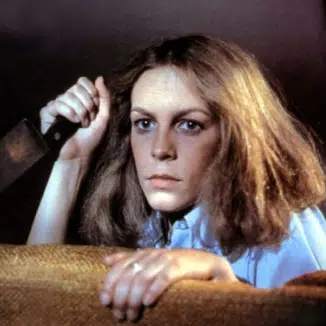

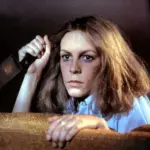












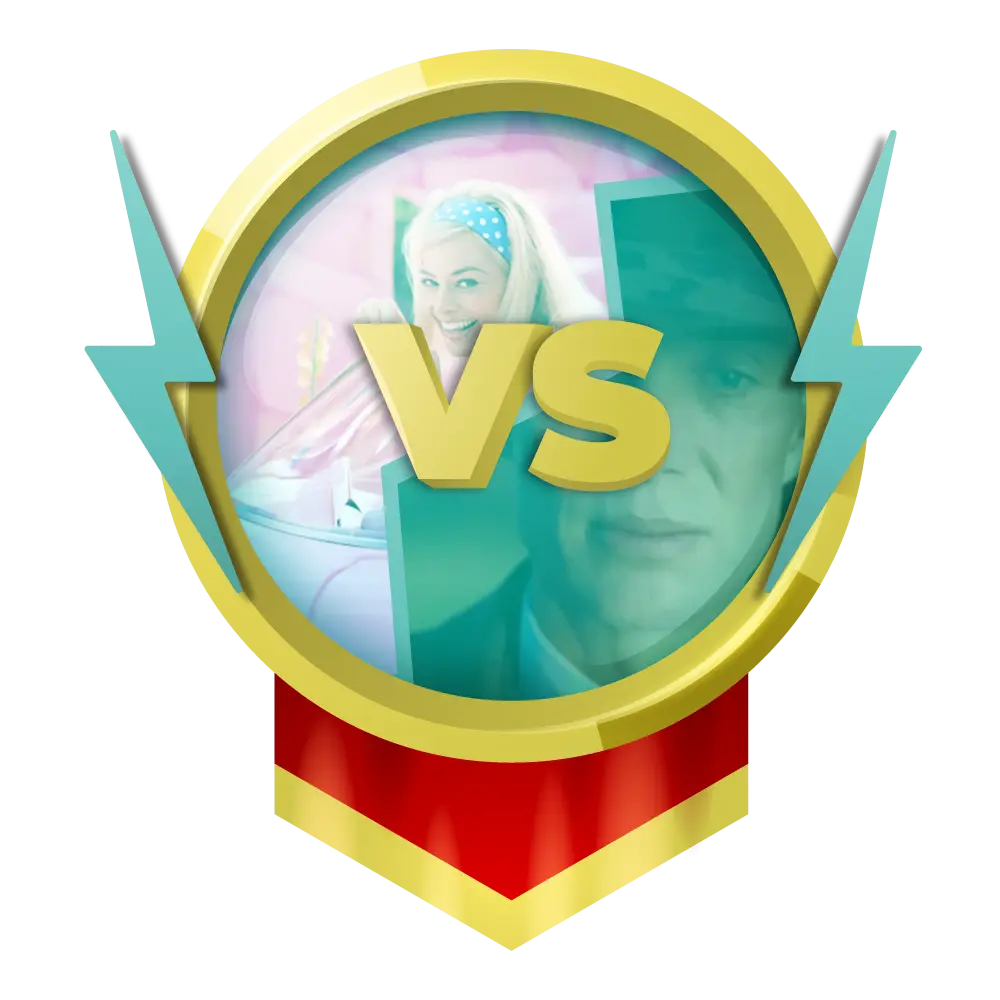

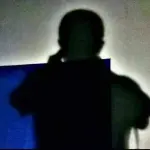







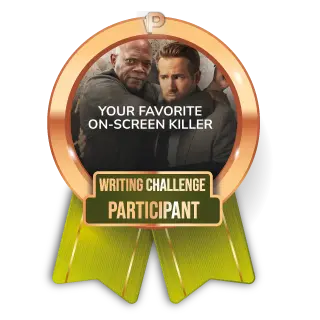





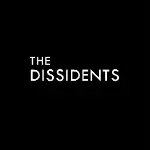


View replies 2